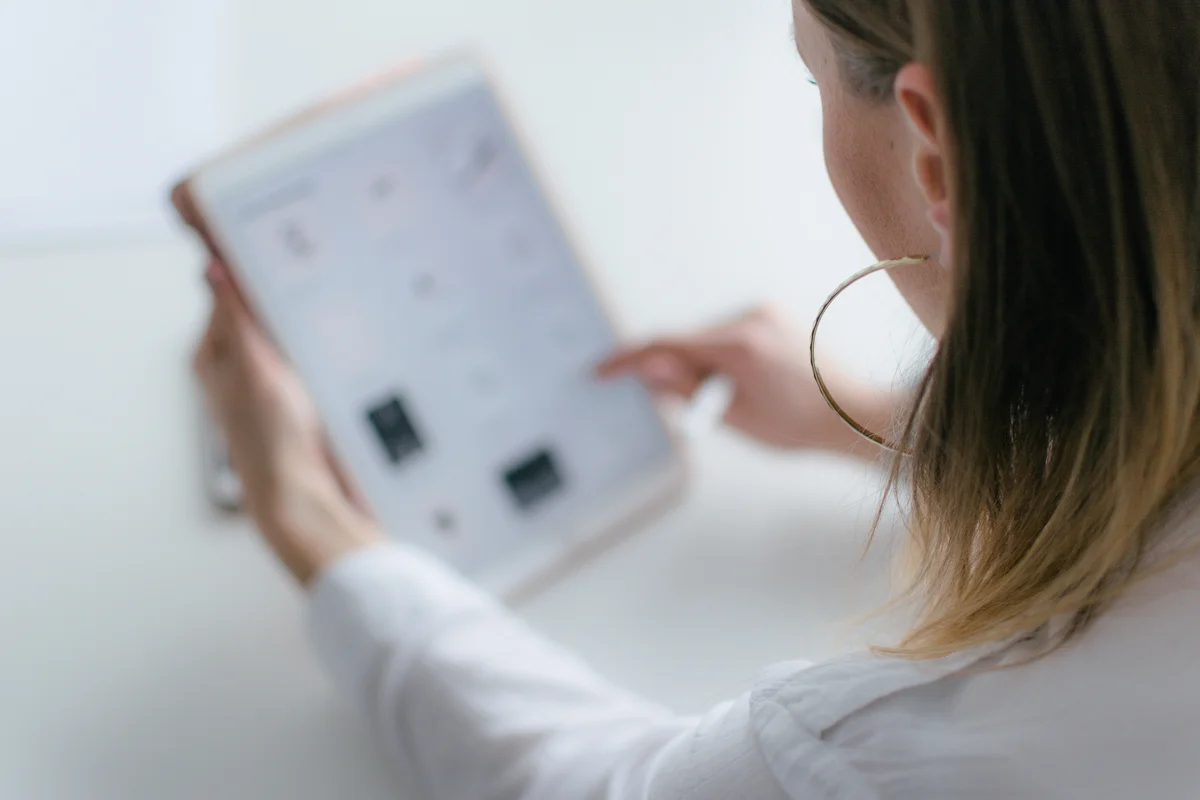How does Facial Recognition Work?
Using a digital image or video as a reference, facial recognition technology may identify a person’s face. How does it all go down?? There is, however, a programme that compares a face to photographs in a database at the heart of the technology. But before we get into how this database was put up, we need to speak about what it contains and how it was assembled.
What does a Facial Recognition Database Contain?
First and foremost, a facial recognition database isn’t just a collection of photographs of faces. It includes the measurements of the most important facial characteristics for each individual.
Around 80 measured facial traits are used to identify each person’s face in a procedure known as “biometrics”. Whenever you have your photo taken, it is stored in a face recognition database. This is often done for identification purposes. Your face geometry is then measured by the biometrics system for identification. As part of the database, these dimensions are included with your photo.
Also Read: What is Deepfake technology? How does it work?
Is Facial Recognition Accurate?
Accuracy in facial recognition is, of course, software-dependent. On the whole, though, the technique is fairly precise in its application. According to a 2018 research from the National Institute of Standards and Technology (NIST), face recognition software only failed in 0.2% of search tries in a database with over 26 million photographs. That’s not terrible at all, and it’s just going to get better as technology advances.
Who Uses Facial Recognition?
If private enterprises utilise biometrics scanning to provide employees access to their workplaces, they may compel their employees to register in a face recognition database. Others demand eye or fingerprint scans to access restricted files or systems, while others go the additional mile. Facial recognition may also be used to identify workers who may be suspected of being insider threats at other workplaces with security cameras in place. It’s possible to track down the person who released sensitive information by looking through surveillance footage.
Citizens may be required to register with a face recognition database by government authorities. It would be simple for law enforcement to track down and capture suspects if they fled the scene of an incident.
What Other Applications Does the Technology Have?
Among the many uses of this technology include, but are not limited to:
- Facial recognition is used by a wide range of devices and apps, including social networking platforms such as Facebook. This means that people who are not recognised by embedded systems, such as in smartphones, will be automatically barred from accessing these devices. Facebook and other social media sites, on the other hand, allow users to tag their friends in images.
- In order to verify a person’s identity, border officials rely on technology.
- National face recognition databases are used by law enforcement organisations to match crime scene photos and videos with images of suspects to identify or confirm their identity. Using artificial intelligence (AI), they may even use it to track out the whereabouts of people who have gone missing for several years.
- Facial recognition, when used in conjunction with deep learning, may examine a patient’s face to determine if the medication being taken is being used properly.
How Bad Is Facial Recognition?
Regardless of whether or whether the technology is good or harmful, it is just that: technology. It was designed with a specific purpose in mind (which it does incredibly well). As long as you don’t mind using it for evil reasons, you may. A rising number of people are concerned about how face recognition may be used to infringe privacy.




